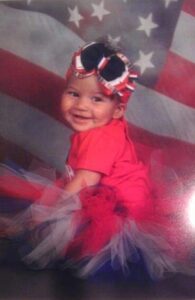I am because we are. – African Proverb
Our families received kinaras and are looking forward to learning about and celebrating Kwanzaa this year.
The six day holiday was created by Dr. Maulana Karenga in 1966 as a way to encourage African American families to reconnect with and appreciate their unique heritage.
It is our hope that recognizing Kwanzaa in our homes will encourage all members of our tribe to better connect with and appreciate the unique heritage of each of us. We also hope it reflects our commitment to promoting inclusion and building community.
As Kwanzaa gained prominence in the United States and throughout the African diaspora, its profound principles have become a warm invitation to promote unity, create cherished memories, encourage purpose, honor African roots and embrace the rich heritage and values Kwanzaa brings.
Umoja: The first day of Kwanzaa, December 26, is dedicated to Umoja, which means “unity”. The leader or minister will call everyone together on the first day and ask, “Habari gani?” which means “What’s happening?” . The response will be the name of the first principle, which is Umoja. This ritual is repeated each day of Kwanzaa.
Lighting the candles: A candle is lit in the center of the kinara, a candle holder, each day of Kwanzaa. The candle is lit from left to right, with the new candle corresponding to the principle of that day. The candles are three red, three green, and one black, which are the colors of the Pan-African flag. The black candle, also known as the unity candle, symbolizes the people themselves.
The official greeting for Kwanzaa is “Habari gani?” .
Read more: https://www.tuko.co.ke/418472-50-african-proverbs-family-love-togetherness.html, https://www.goodhousekeeping.com/holidays/a38039247/kwanzaa-traditions/


